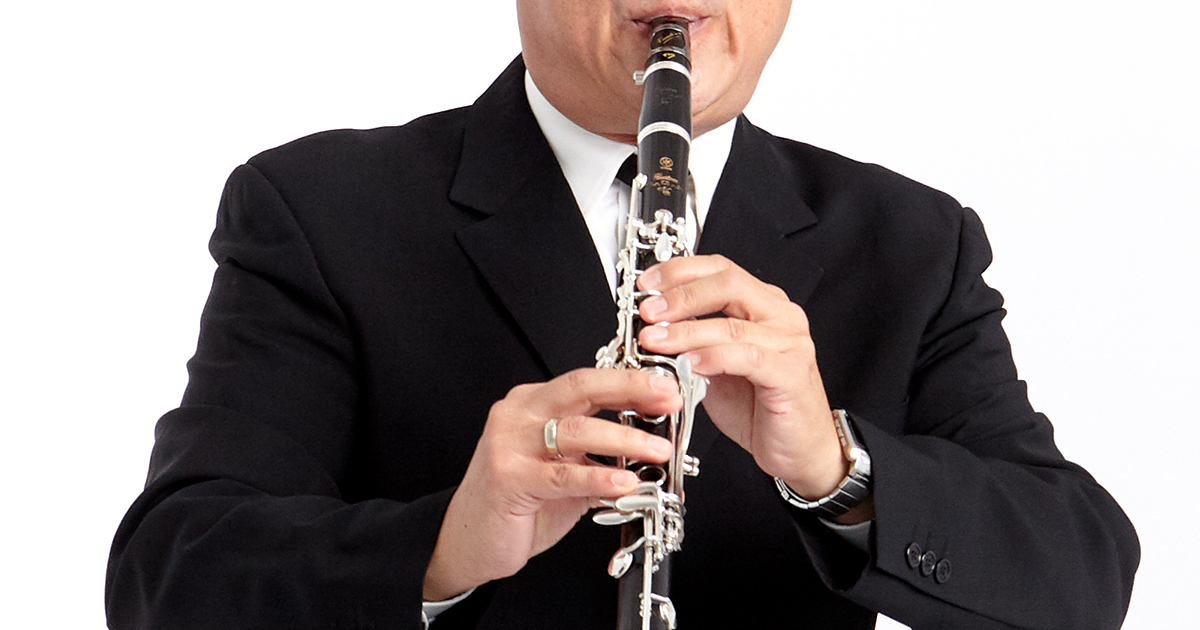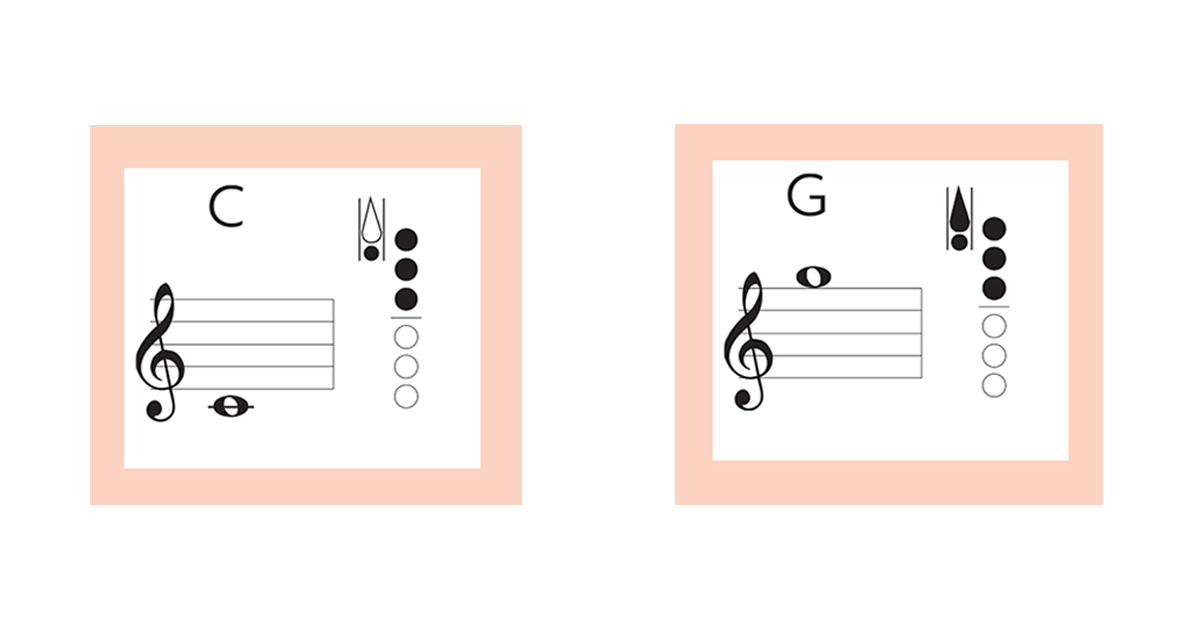Develop Better Clarinet Interval Accuracy
by Mitchell Estrin
Date Posted: December 17, 2018

When students begin studying the clarinet, it is relatively easy to achieve the first notes, especially when compared to most of the other wind instruments. Because the clarinet overblows in twelfths, it is easy play low notes or high notes by simply pressing the correct fingering combination and blowing into the instrument.
For example, by blowing into the clarinet while putting down the left thumb on the thumb-hole ring, in combination with the first three fingers of the left hand, you will sound a middle C. With the simple addition of the speaker key with the left thumb, you will sound a G, a twelfth above middle the C.

It is easy to recognize the difference between the middle C (low note) and the G a twelfth above (high note), without paying much attention to either pitch or timbre. This is due to the large width of the interval.
Most clarinet beginners learn to achieve notes by simply putting down the correct fingering, blowing into the instrument, and recognizing whether it is a low note, middle note, or high note. If brass players were to adopt this strategy, they would not be very accurate, as one single fingering produces multiple different pitches, many within the same octave. Like singers, brass players must hear the actual pitch in their mind before attempting any note, and then must set their embouchure and air flow accordingly.
This concept of developing keen aural skills is too often overlooked by clarinetists. Every musician should endeavor to "hear the note before they play it" and one does not need perfect pitch to succeed. In my teaching, I play the note on the piano for my student and ask them to hear the pitch and then reproduce it on the clarinet. One can also briefly play the first note of the music (on the clarinet) in order to hear and memorize the reference point.
I assign slow intervallic studies and have my students strive to hear each note before actually playing it. This requires "hearing ahead" in the music. By focusing on the next interval in the phrase, aural skills often dramatically improve in a very short time
"By hearing the note before playing it, timbre, intonation, intervallic relationships, and evenness of tone throughout the ranges vastly improves." - Mitchell Estrin
I encourage my students to imagine both the sound and the pitch in their mind before actually beginning a phrase. By hearing the note before playing it, timbre, intonation, intervallic relationships, and evenness of tone throughout the ranges vastly improves. If one simply puts down the correct finger combination and blows, the resulting notes will be defined more by the player's set-up (instrument, mouthpiece, reed, and ligature) than by their own imagination. By hearing notes before playing them, the musical results are always much more personal, as opposed to an acceptable "default setting" sound.
Using a tuner is fine, but only as an additional tool to assist with aural skills training. Remember that the players with the best intonation do not rely on tuners for answers - they rely on their ears. This takes intensive listening and constant adjustment, and is not learned overnight. Have patience and the results will please you!
I advise clarinetists to work on hearing pitches and intervals from the very beginning of their study. By utilizing this technique, tone will become more personal, intonation will become more accurate, and intervals will be more properly spaced and voiced.
Subscribe to the We Are Vandoren E-newsletter (WAVE) to receive 4 weekly articles for Performers, Students, and Educators